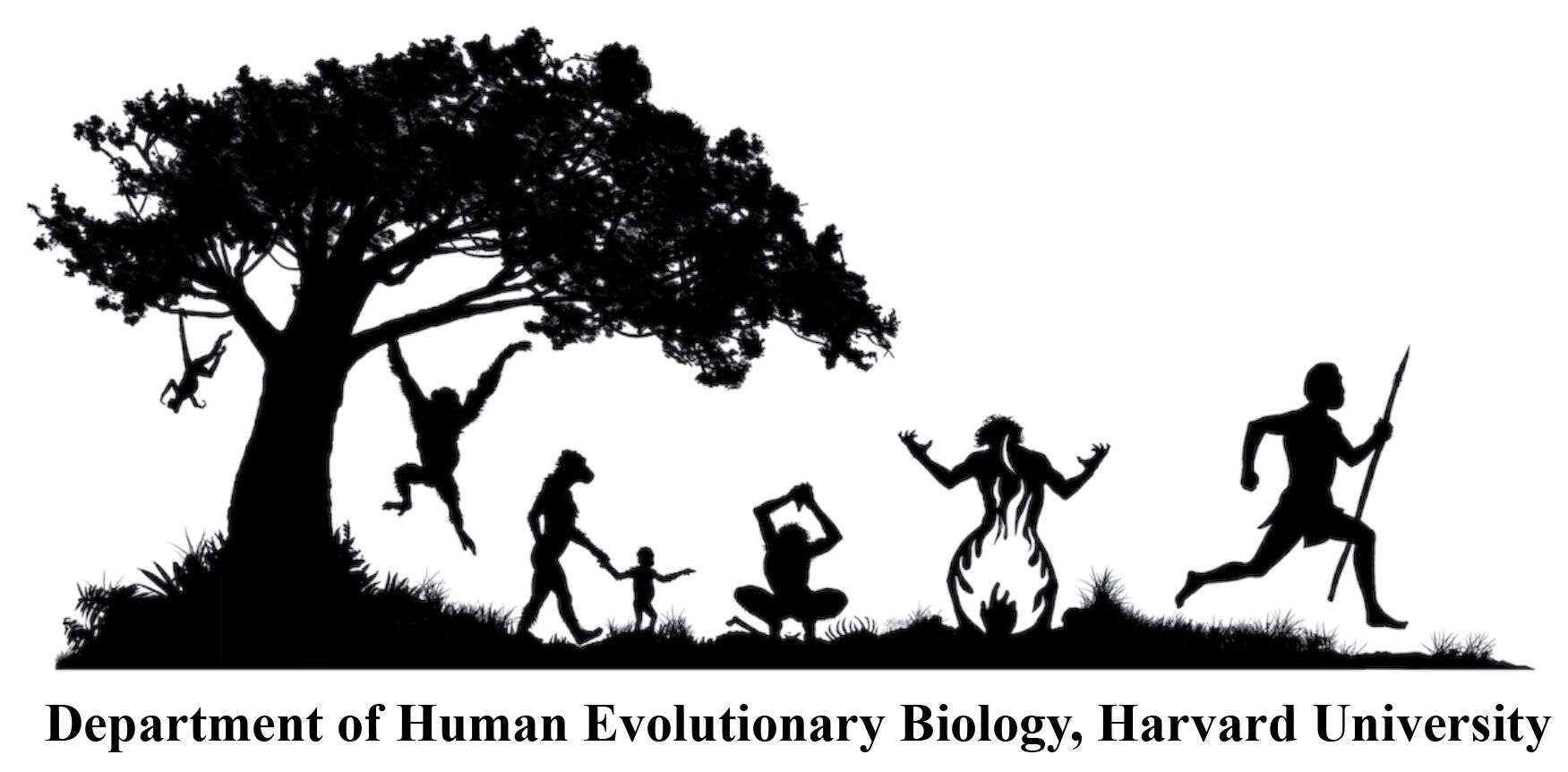Date:
Location:
Dr. Philip Reno (Assistant Professor of Anthropology, Penn State) will be kicking off HEB's Spring 2015 lecture series with a lecture titled, "Genomic and phenotypic approaches to human evo-devo: Penile spine loss and pisiform reduction".
Abstract:
Advances in evolutionary developmental biology (evo-devo) have been propelled by experimental and comparative approaches in embryology and genomics. The study of human evo-devo has greatly benefited by the expansive genomic data available for our species and those of our close relatives. Such comparisons have enabled us to identify human-specific alterations such as a large deletion near the Androgen Receptor gene, which has deleted a regulatory enhancer active in developing whiskers and penile spines. Both are structures that have been lost in humans and may play an important role in the reproductive evolution of our species. Such approaches, however, are largely driven by the size of the genomic effects and less by the nature of the phenotypic change. Phenotype-first approaches can be challenging due to the difficulty of conducting experimental embryology in humans and other primates, yet these analyses can be bolstered by incorporating more traditional model organisms such as the mouse. For example, the human pisiform is a small nodular bone, while in most other mammals including primates it is elongate and forms from two centers of ossifications. Pisiforms are also reduced in mice with altered Hoxa11 and Hoxd11 expression. Histological analyses of the mouse pisiform demonstrates that the two ossification centers are separated by an active growth plate, suggesting that its loss is a likely mechanism of its reduction in humans. Such a possibility raises intriguing questions regarding the homology and role of Hox patterning in the hominoid and mammalian wrist.
Dr. Reno’s work examines comparative primate and vertebrate evolution with the primary goal to discover the genetic and developmental mechanisms that make us human. His research interests include hominid, primate and vertebrate evolutionary-developmental biology; evolution of primary and secondary sexual characters; skeletal biology; and the developmental basis for morphological variation.
Click here to visit Dr. Reno's website.
This event is free and open to the public.
